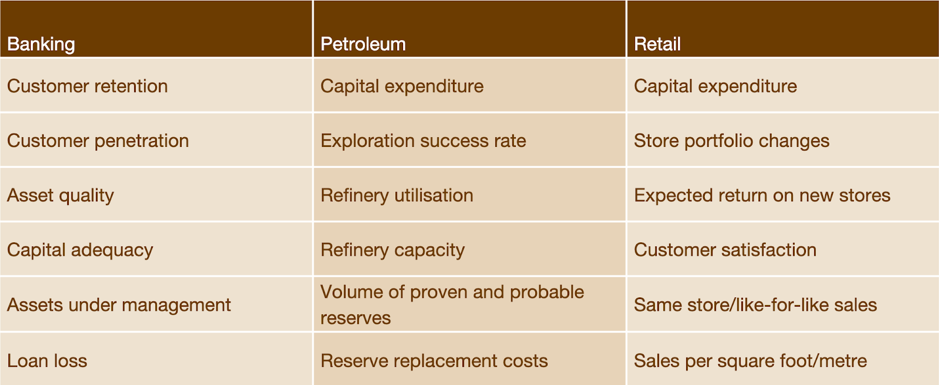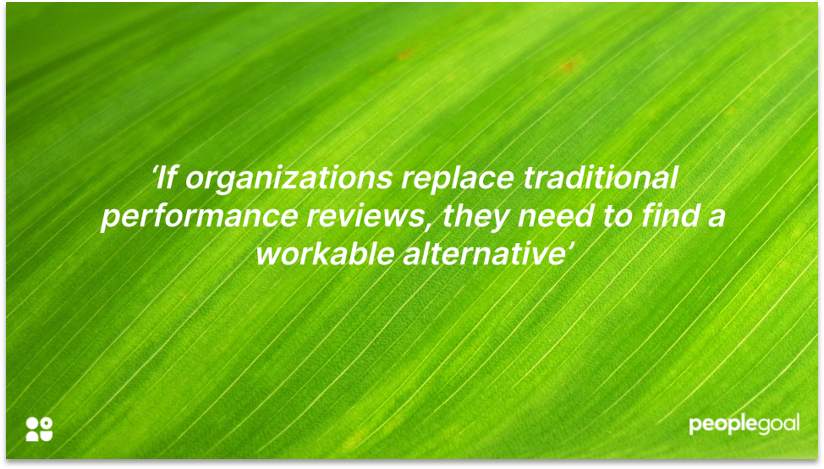Reference letters can make a crucial difference to a candidate’s job search. There are a multitude of types that Human Resources Management should be aware of. These are critical for onboarding and helping hiring managers to recruit the employees that will best fit into the company culture. They can give valuable insight into a potential employee’s personality traits, soft skills and professional or academic achievements throughout the hiring process.
What is a Reference Letter?
A reference letter is a written and signed document that explains to a prospective employer why a candidate is suitable for a post. They highlight how a person is qualified for a role and why they should be hired.
They are also known as letters of recommendation.
Why is a reference letter needed?
They are often required when applying for a job. They may also be required when applying for internships, volunteering posts, college, or graduate schools.
The aim is to positively endorse a person’s skills and attributes. This affirms their character and achievements to a potential employer.
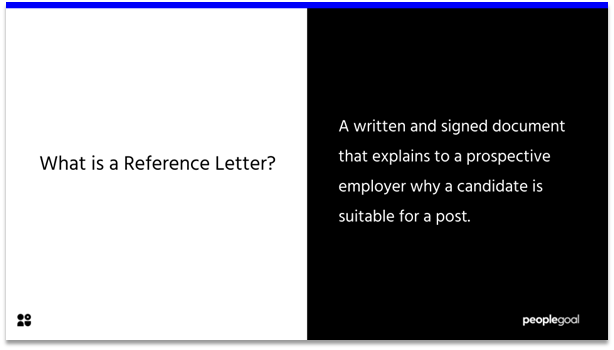
How to Write a Reference Letter
The aim of a reference letter is to testify for a candidate’s competencies. The best examples begin by explaining the relationship to the candidate and why you are qualified to be writing the recommendation.
You must then explain why the candidate is suitable for a role. Provide specific examples where they have applied the relevant skills to the post they are applying to. Highlight the positive character traits that they display. It is important to write formally throughout and refer to the candidate’s resume or CV in addition to the job posting they are applying for.
An effective letter concludes with a statement of recommendation. Provide your contact information if a recruiter seeks to further get in touch.
💡 TIP: Do not include sensitive information (race, age, religion, disability, marital/parental status)

Good Skills to Write About
Letters of reccomendation aim to sell a candidate and promote their skills and qualities. These depend upon the job description but good examples to include when you write the letter are:
- Honesty
- Diligence
- Motivation
- Loyalty
- Discipline
- Good Team Player
- Positive Attitude
- Soft Skills (Time-Management, Communication Skills, Leadership)
Different Types of Reference Letters
There are five main types. We will discuss the purpose of each one and provide examples:
- Professional
- Character/Personal
- Academic
- Business

1. Professional Reference Letter
What is it?
A Professional Reference Letter is also referred to as an Employee Reference Letter.
It describes a candidate’s current or past employment. This includes their job title, job description, responsibilities, salary and duration of employment.
It further explains their qualities, professional qualifications and key contributions to an organization.
Who is it written by?
It is written by someone from a candidate’s work-environment. This can be a supervisor, colleague, client, teacher or professor.
Sample Professional Reference Letter
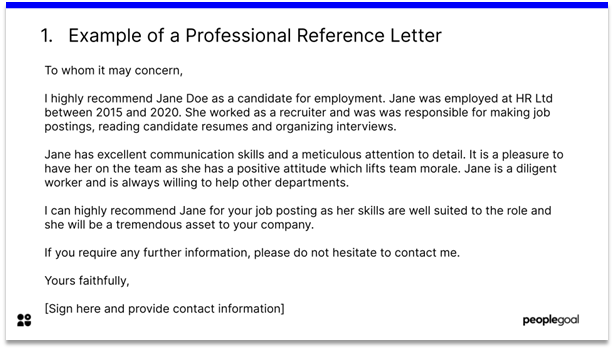
2. Character/Personal Reference Letter
What is it?
This form of reference attests to the personality traits that make a candidate suitable for a post. They are often used by people seeking their first job and who have little formal work experience.
It is different from a Professional Reference Letter because it provides a broader overview of a candidate’s personality traits and abilities without specific references to the position requirements. This helps the organization decide whether they would be a good fit into the company culture.
Mentioning a candidate’s work ethic may be worthwhile.
Who is it Written by?
A character or personal reference is often written by a family friend, mentor or neighbour.
Sample Character Reference Letter

3. Academic Reference Letter
What is it?
This form of reference letter is used to discuss a candidate’s academic background. This highlights a person’s academic achievements and provides an overall picture of their performance, strengths, experiences and personal attributes.
It may also be used to explain or justify any issues or weaknesses in a person’s academic records.
Who is it Written by?
This is written by someone from the candidate’s educational background. It can be a high school teacher, professor, or advisor.
Academic Reference Letter Template
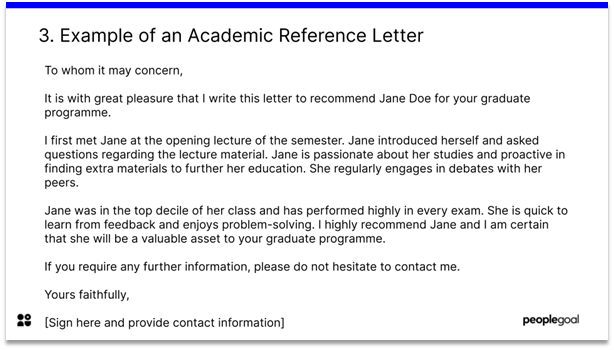
4. Business Reference Letter
What is it?
A business reference letter is used to recommend a business or professional service. This attests to the quality of work provided by a contractor and helps a business increase its clientele.
Who is it Written by?
These are mostly written by professional contacts. These may be business associates, vendors, or clients.
Sample Business Reference Letter
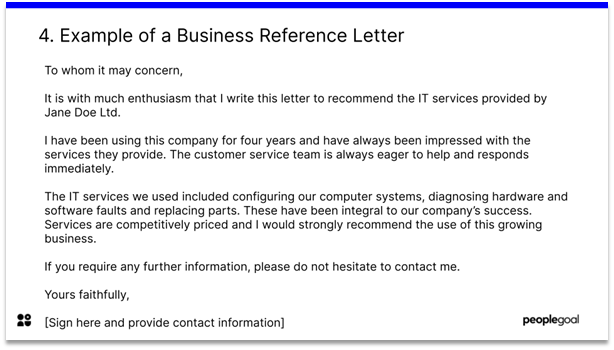
5. Email Reference Letter
What is it?
In the past, all reference letters were sent by mail or delivered in person. With the digitalization of the workplace and the more recent impact of COVID-19, it has become commonplace to provide professional, character/personal, academic and business recommendations by email.
The content of these remains the same. However, the letter format will change.
Who is it Written by?
These can be written by the same people who write professional, character, academic or business reference letters.
Sample Reference Letter for Email

To Sum Up
Letters of recommendation can make a crucial difference in deciding who to hire out of two candidates with the same credentials. It is important for HR to be aware of the best written reference letters to identify who is best suited to a particular role. They can give valuable insight into a person’s personality, preferred ways of working, and suitability for an organization’s company culture.
Similar to this
👉Smart Goals for Employees
👉Positive Feedback For Colleagues Examples and Tips
👉Job Titles In Business
👉 5 Templates For Performance Reviews
Ready to 3x Your Teams' Performance?
Use the best performance management software to align goals, track progress, and boost employee engagement.



